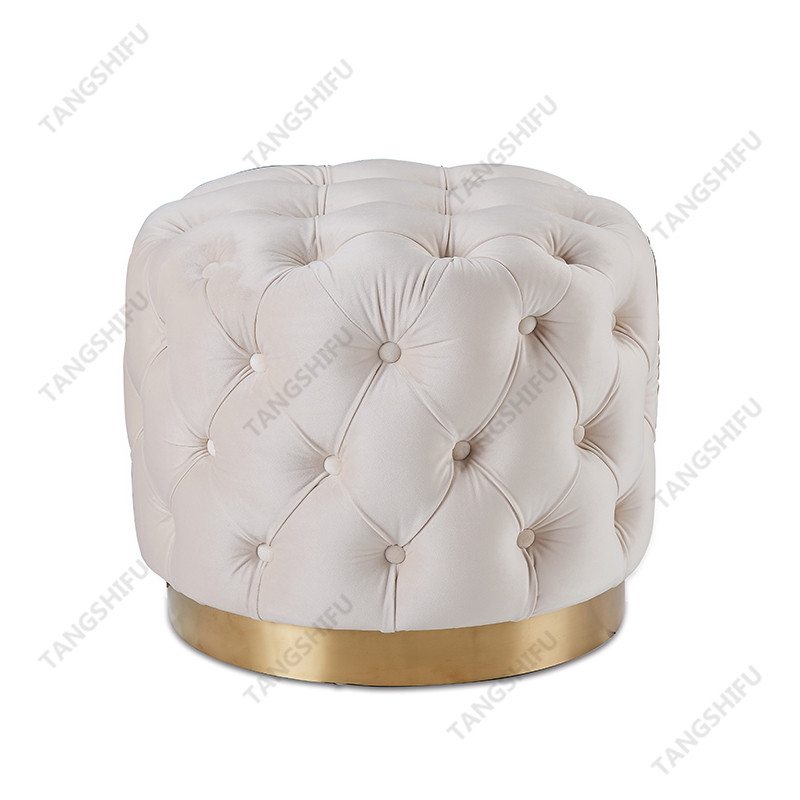Despite the rising popularity of consumption upgrades in recent years, for most consumers, furniture is still a large and expensive commodity. Young consumers have higher requirements for the quality, appearance, function and other hard indicators of bedroom furniture products, but they are more careful about their prices.
In response to this pain point, existing companies have provided corresponding solutions: such as realizing the standardization and informatization of furniture production, and physical stores to increase profits with the help of soft decoration and small home accessories.
Commodity prices
Commodity prices are always a contradiction point that is difficult to reconcile between enterprises and consumers. In an oversupply market environment, while reducing costs, how to make consumers truly recognize the value of products and let products have their own core competitiveness is a problem that companies need to think about.
The bedroom furniture manufacturers need to be improved in cost control.
So, how to build the core competitiveness of products? In addition to product quality and quantity, the brand has to open a gap with competitors.
At present, the homogeneity of products of different brands in the market is serious, and there are few truly valuable innovative designs. There is no competitive distance between enterprises and enterprises. It is difficult for consumers to find out the differences in appearance, materials and functions of different products. The measurement standard for furniture has dropped to a single price, forcing enterprises to fight a price war.
Innovation and design are the foundation for the survival of an enterprise. But why is it still a pain point difficult for the industry to solve?

Core competitiveness
On the one hand, there is a shortage of design talents who have been working in the bedroom furniture industry for a long time; on the other hand, the cost of market plagiarism is low and the market life cycle of original products is shortened. Plagiarism products use the cost of designing the original brand to fight price wars, and often bad money drives out good money.
So, how to build the core competitiveness of products? In addition to product quality and quantity, the brand has to open a gap with competitors.
At present, the homogeneity of products of different brands in the market is serious, and there are few truly valuable innovative designs. There is no competition between enterprises and enterprises. It is difficult for consumers to find out the differences in appearance, materials and functions of different products. The measurement standard of furniture has dropped to a single price, forcing bedroom furniture manufacturers to fight a price war.
Innovation and design are the foundation for the survival of an enterprise. But why is it still a pain point difficult for the industry to solve?
On the one hand, there is a lack of design talents who have been working in the furniture industry for a long time; on the other hand, the cost of market plagiarism is low, and the market life cycle of original products is shortened. Plagiarism products use the cost of designing the original brand to fight price wars, and often bad money drives out good money.
Fortunately, the team of outstanding domestic designers is constantly growing. Some bedroom furniture manufacturers with original design as the core brand, although unable to compete with the leading companies, are still more than self-sufficient and have gained a lot of loyal fans. Consumers' pursuit of beauty and humanity will also increase as their consumption levels increase. For some time to come, design will still be the magic weapon for enterprises to win.
